Leah and Matt Wozniak have watched their 13-month-old daughter, Scarlett, endure surgeries and numerous medical procedures in her short life.
Their decision was easy, then, when they learned a simple, leading-edge medical procedure—a cinegraphic MRI—could provide doctors with more information to ultimately help her avoid another surgery.
The procedure is offered at Spectrum Health Helen DeVos Children’s Hospital and just a few other children’s hospitals in the country, according to Brad Betz, MD, medical director of radiology.
It’s just one example of the innovative imaging exams and kid-friendly treatment options available at the children’s hospital, Dr. Betz said.
Results gleaned from the procedure helped the Wozniaks make informed decisions about Scarlett’s medical care.
“If we had gone ahead with the surgery without that information, just guessing from her sleep apnea, it would have been a very invasive surgery and a hard recovery for her,” Leah said. “We were happy to get more information.”
Cinegraphic MRI
A cinegraphic MRI is used to assess airway disorders in children with abnormal sleep patterns. It lets doctors record a two-minute movie of a child’s breathing under light sedation, so they can see the levels of obstruction in children with sleep apnea.
“It’s mimicking what happens during sleep,” Dr. Betz said. “Some children have multiple problems that are difficult to detect with any other test.”
The test is not for every child with sleep apnea. Rather, it’s for those who have undergone other tests in which doctors were left unable to determine a cause.
A cinegraphic MRI makes that detection easier, and avoids exposing the child to harmful radiation, according to Dr. Betz.
Obstructive sleep apnea is extremely harmful for children, often causing abnormal sleepiness, high blood pressure and potentially heart failure. While the technique used in a cinegraphic MRI is very basic, Dr. Betz said, it’s only being done in a few children’s hospitals across the country—and nowhere else in Michigan.
Dr. Betz credits Andrew Heaford, MD, a pediatric otolaryngologist, with bringing the procedure to Helen DeVos Children’s Hospital.
Dr. Heaford, who learned about the procedure at the Cincinnati Children’s Hospital and University of Iowa Children’s Hospital, calls it “an incredible tool.”
“It’s something we don’t use every day, but it’s really nice to be able to rely on it,” Dr. Heaford said.
Given the medical complexities of children in the pediatric intensive care unit, it’s a tool doctors can use to help determine the least-invasive or least-stressful therapy for the child.
Leading-edge care
Bringing the test to Helen DeVos Children’s Hospital was only possible with the cooperation of highly trained anesthesiologists who provide just the right level of sedation for children undergoing the MRI, Drs. Betz and Heaford said.
“One of the great things about working at Helen DeVos Children’s Hospital is that we have a pediatric-friendly MRI facility with the latest equipment and providers who understand how to use it,” Dr. Heaford said. “The anesthesiologists are critical to this study. The patient must be very lightly sedated to simulate sleep, and they don’t have airway protection.”
For Scarlett, who had a traumatic birth resulting in brain injury, the results of the cinegraphic MRI brought good news, Dr. Heaford said.
He found that Scarlett’s tongue collapsed and partially blocked her airway when she slept, causing stridor—a harsh noise when breathing created by an obstruction of the airway. But it was not serious enough to require surgery. Instead, he plans to watch and see what develops in time.
Leah said she’s grateful to have access to the latest procedures in Grand Rapids, Michigan.
“When you have a child with multiple medical issues, your whole life becomes appointments and traveling,” Leah said. “It makes you feel better as a parent if you have doctors who are being progressive and are staying on top of the latest best practices.”
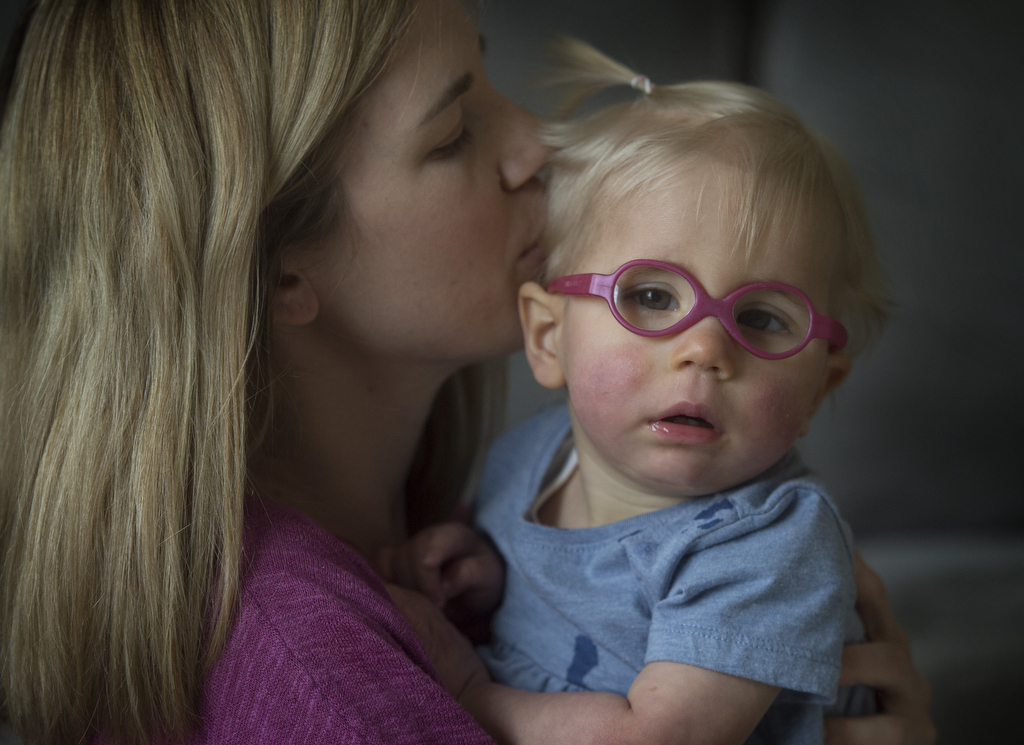
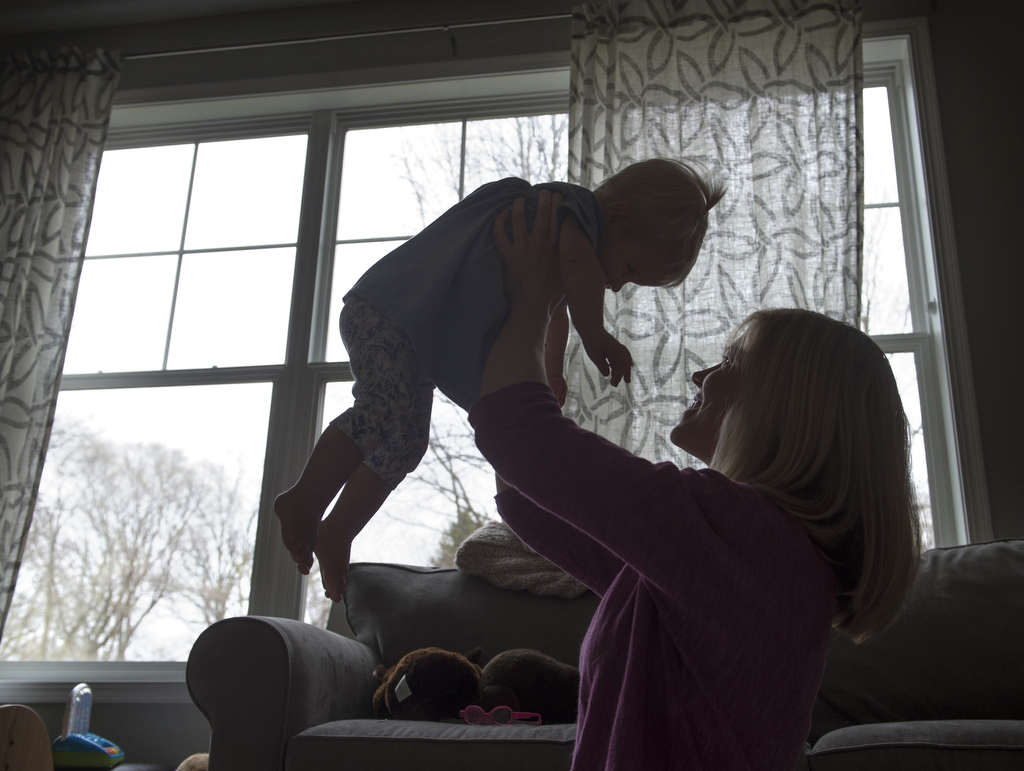
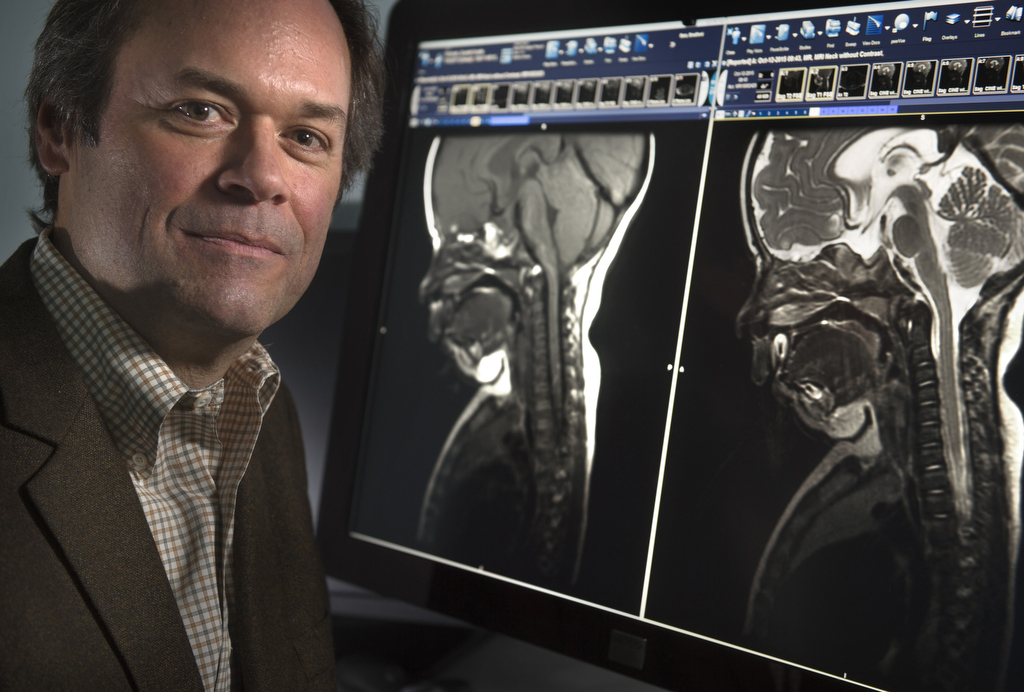

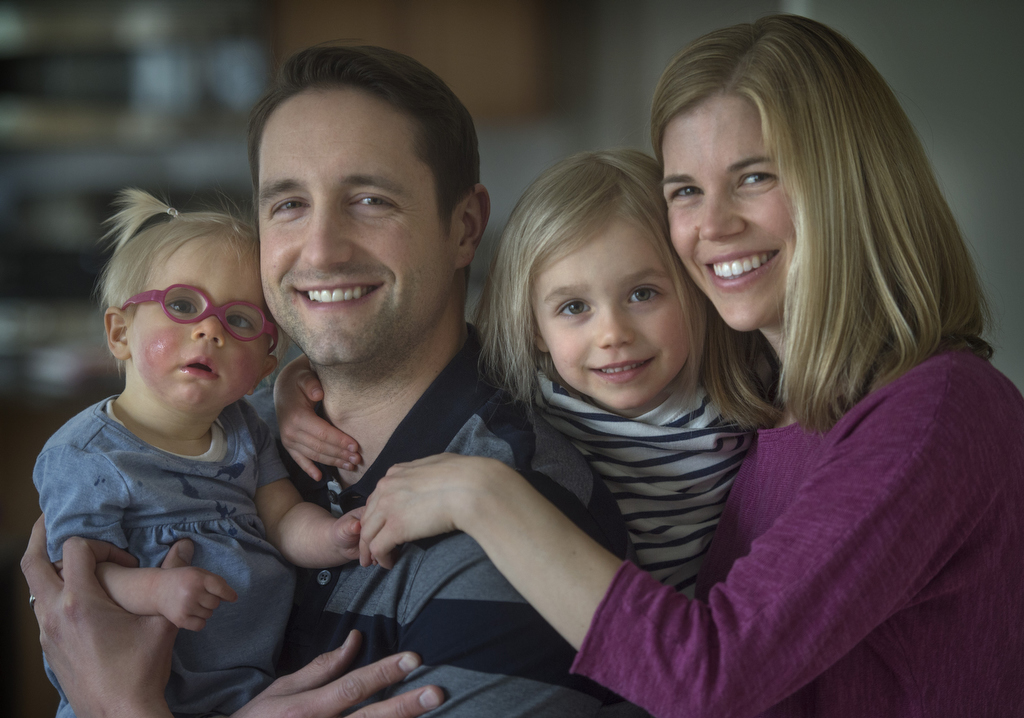
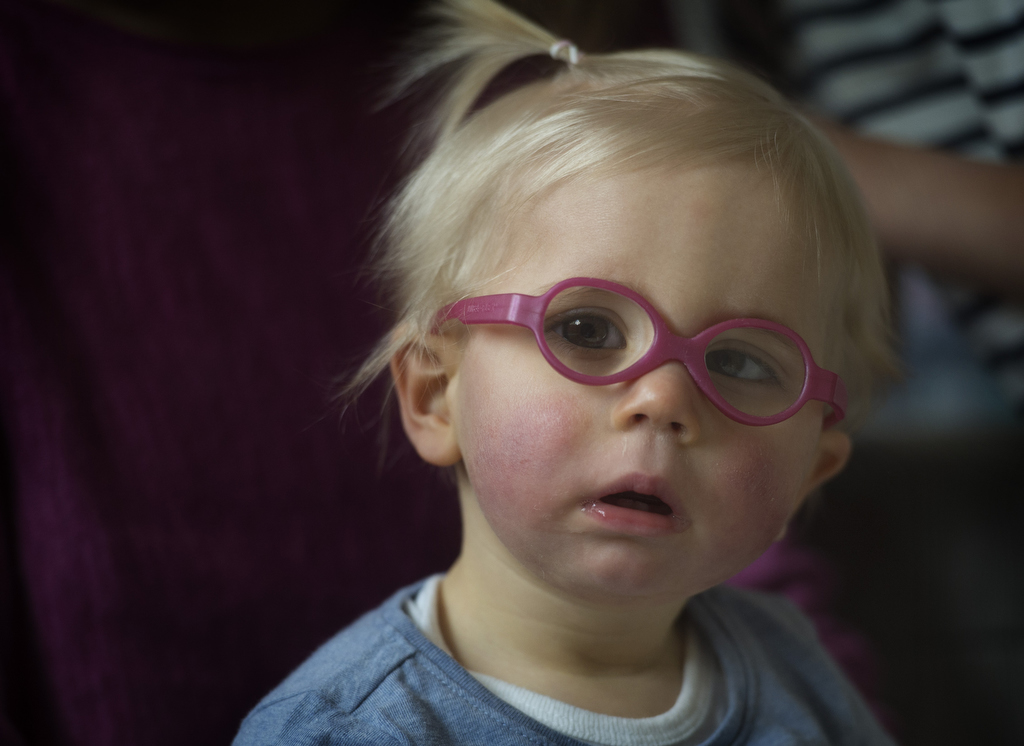
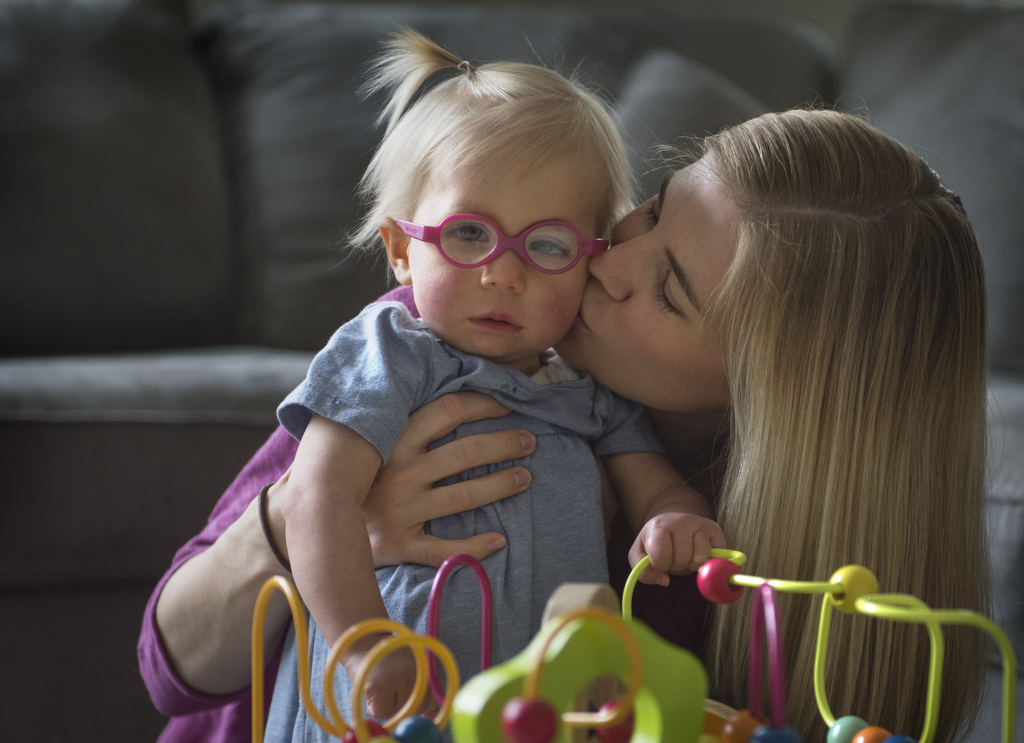

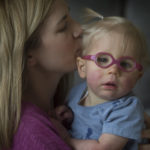

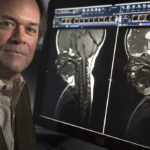
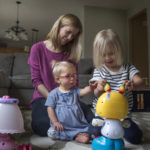

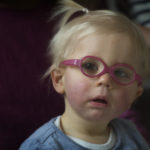


 /a>
/a>
 /a>
/a>
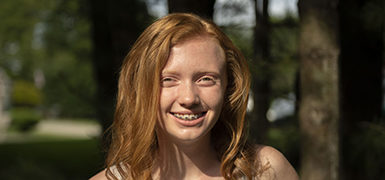 /a>
/a>
This would be very effective in testing children with MPS who often have sleep apnea.